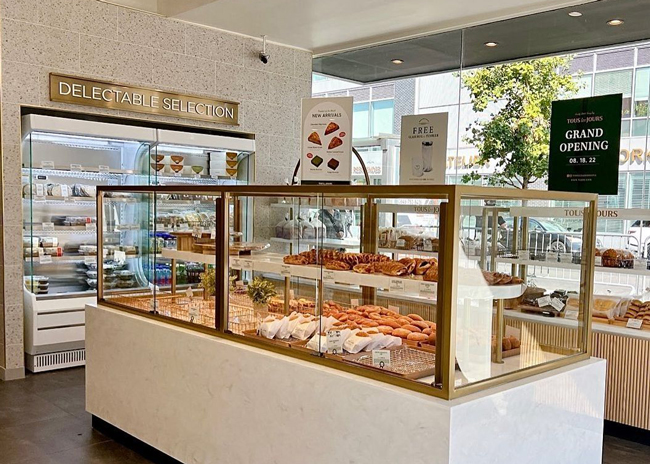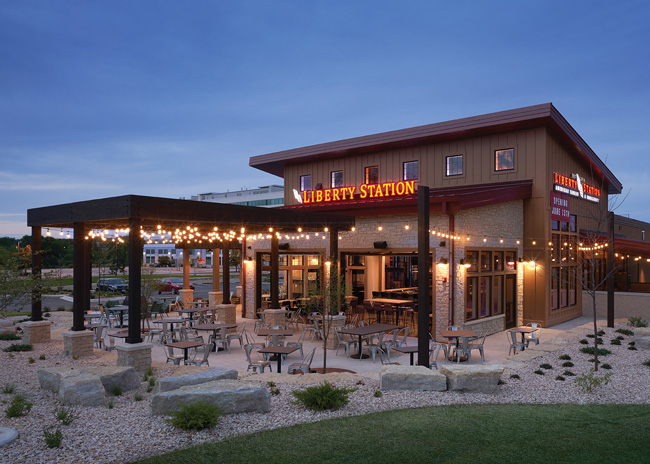Customer-facing applications are constructed with multiple layers of technology that must smoothly operate together to create a good customer experience. This is a challenge because each layer performs different tasks and typically consists of products from different vendors.
“Providing the back-end software and infrastructure is an intricate and demanding endeavor,” says Ashley Loveless, creator and CTO of ChewTyme, a food delivery app dedicated to supporting minority business owners in the culinary industry. “It entails a challenging and dynamic blend of technology, security and innovation.”
Operators want speed and scalability. Customers want instantaneous access to services with no downtime, according to Loveless. “As a result, our systems must be designed to handle substantial spikes in traffic seamlessly,” she notes.
Loveless detailed the biggest hurdles when technology solutions are inadequate or ill-suited for the task. These include:
- Sluggish performance that results in slow response times
- Front-end outages and downtime
- Data security breaches
- Inconsistent user experience
- Cost overruns due to poor resource utilization, and
- Difficulty maintaining and updating the front end.
Scalability is another challenge.
“Without the right back-end scalability, an application may struggle to handle increased user traffic during peak times, leading to crashes or performance degradation. The result of a poorly performing tech stack is the loss of customer confidence in the technology, says Scott Scherer, chief information officer, Jersey Mike’s Franchise Systems, Inc. “You only get one to two shots to win over a customer, and if the back end doesn’t support their expectations, they won’t come back to the technology — and may not come back to your restaurant
at all,” Scherer says.
How do you know when your tech stack is working? Loveless provided the following list:
- Users enjoy a seamless experience,
including swift load times. - Data on the front-end corresponds
precisely with the information stored in the back-end. - Scaling works and the tech can handle the increased demand.
- Security concerns are managed.
- System updates are fairly seamless and don’t cause disruptions.
“The presence of these elements signifies that your back-end and front-end are in perfect harmony, resulting in a technology ecosystem that functions cohesively, just like a well-choreographed performance,” says Loveless.




